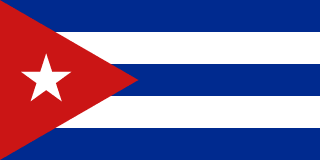Havana - Introduction

About Havana
Havana (; Spanish: La Habana [la aˈβana] ) is the capital and largest city of Cuba. The heart of La Habana Province, Havana is the country's main port and commercial center. It is the most populous city, the largest by area, and the second largest metropolitan area in the Caribbean region. The population in 2012 was 2,106,146 inhabitants, and its area is 728.26 km2 (281.18 sq mi) for the capital city side and 8,475.57 km2 for the metropolitan zone. Its official population was 1,814,207 inhabitants in 2023.
Havana was founded by the Spanish in the 16th century. It served as a springboard for the Spanish conquest of the Americas, becoming a stopping point for Spanish galleons returning to Spain. King Philip III of Spain granted Havana the title of capital in 1607. Walls and forts were built to protect the city. The city is the seat of the Cuban government and various ministries, and headquarters of businesses and over 100 diplomatic offices. The governor is Reinaldo García Zapata of the Communist Party of Cuba (PCC). In 2009, the city/province had the third-highest income in the country.
Contemporary Havana can essentially be described as three cities in one: Old Havana, Vedado and the newer suburban districts. The city extends mostly westward and southward from the bay, which is entered through a narrow inlet and which divides into three main harbors: Marimelena, Guanabacoa and Antares. The Almendares River traverses the city from south to north, entering the Straits of Florida a few miles west of the bay.
The city attracts over a million tourists annually; (1,176,627 international tourists in 2010, a 20% increase from 2005). Old Havana was declared a UNESCO World Heritage Site in 1982. The city is also noted for its history, culture, architecture and monuments. As typical of Cuba, Havana experiences a tropical climate.
Havana Current Weather
Havana, Cuba
2025-04-19 04:37
Partly Cloudy
21.4°C
| Parameter | Value |
|---|---|
Wind 
|
28.4 km/h |
Pressure 
|
1019 mb |
Humidity 
|
88% |
Visibility 
|
8 km |
UV Index 
|
0 |
Precip 
|
0 |